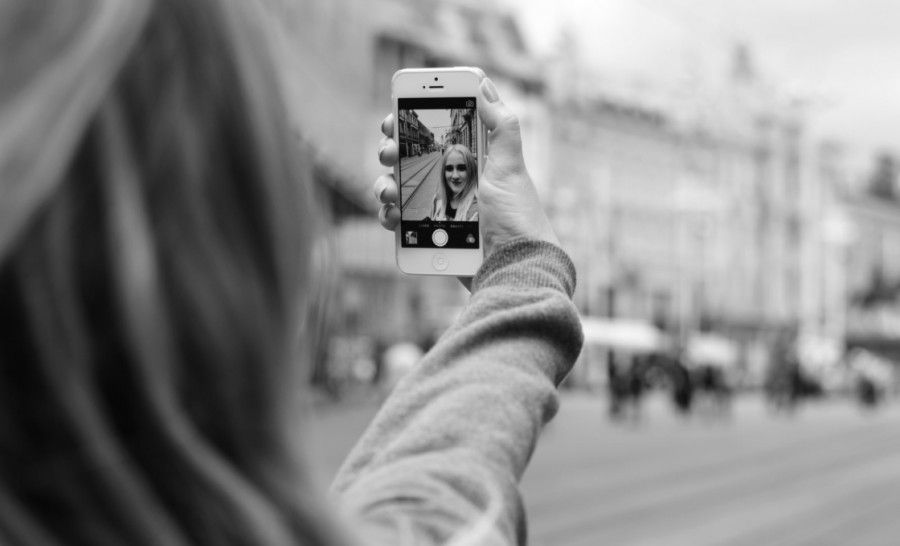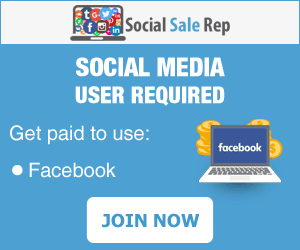Consider Selfies For Social Media Marketing

After that very famous selfie taken by Ellen Degeneres broke Twitter, the selfie craze has grown hugely. It’s even cropped up in the recent Thai military coup and it seems that the selfie has some sort of power to tap into the collective zeitgeist. Perhaps it merely states ‘I was here’ but regardless, this growing trend looks set to continue.
With any sort of contemporary craze there’s often the possibility of using the cultural cache to benefit your marketing efforts. Marketing should always be reflective of the users that it’s attempting to reach but how can you use the selfie craze to your business’ advantage?
USING SELFIES TO PROMOTE YOUR BRAND IDENTITY
Trends present businesses with a ready-made audience and the selfie craze is no exception. However it’s important to understand the audience before you start taking photos – this is a technologically savvy generation and one that can be deeply cynical of marketing efforts. There are huge opportunities within the selfie trend for businesses to exploit but brands have to understand the best way to realise all of that potential.
To do this a business should carefully monitor, listen, and interact with the users that it hopes to reach. The more honest you are the better the audience will respond. Don’t just jump on the selfie bandwagon, use the craze to inform your marketing efforts and add something original to the conversation. That’s exactly what Ellen Degeneres did in what was a very good marketing effort that promoted celebrity and the Oscars as real things – not just social constructs.
The selfie has an incredible power to place the photo taker and its viewers in the immediate moment that it was captured. It works as a sort of time capsule, a literal moment in time caught on camera. Businesses need to understand the psychology behind taking a selfie, of the reasons why so many young people take them, before it can engage and utilise this activity.
SELFIES, PSYCHOLOGY, AND THE PHOTO TAKER
An illuminating article written by Andrew Hutchinson for Social Media Today explores some research about the psychology behind a selfie. Hutchinson discovered that there are apparently two reasons behind why someone takes a selfie. The first is that taking a selfie increases the user’s self esteem, which sort of makes sense. Sharing your own image, when you receive validation from friends and family can provide an ego boost.
The second school of thought on why people take selfies is that those who take them have a low sense of self-worth, meaning that they seek approval and validation, not just desire it. These people’s self-esteem is contingent on how they are perceived by others.
ISN’T IT NARCISSISTIC?
However, there’s also research that suggests that those who take selfies suffer from narcissistic tendencies. Many see this contemporary craze as yet another time wasting exercise that only serves to prop up fragile egos and battered self-esteem. It’s perhaps even more insidious than that and a study conducted at the University of the West of England suggests that selfies can damage relationships.
Dr David Houghton stated: “Our research found that those who frequently post photographs on Facebook risk damaging real life relationships. This is because people, other than very close friends and relatives, don’t seem to relate well to those who constantly share photos of themselves.”
It’s worth considering how your brand will come across when you use selfies in an advertising campaign. Researchers have said that big brand advertising campaigns could damage relationships between them and their customers. So, careful consideration and application of a selfie marketing push has to be a top priority for businesses hoping to capitalise on this craze.
Effectively, sharing selfies frequently can decrease the uploader’s intimacy with others. This is a good thing to keep in mind, as you don’t want your brands advertising campaign to alienate its audience.
HOW TO DO IT PROPERLY
It seems then that there’s a number of considerations to make before implementing a selfie advertising campaign. There’s the psychology of the audience, the effect that the advertising has on the relationship with the audience, and the ability to utilise a well known image type with originality. The trick then is to understand exactly why you’re taking the photo to begin with. Make sure that your brand has an awareness of what the selfie can do to increase its exposure.
If you post affirming images you can empower your audience and perhaps even force them to reconsider traditional notions of beauty, or just challenge social constructs. Be careful though that you’re not simply reiterating tired tropes of good looks and avoid championing image above all else.
VIRAL SELFIES
Many brands that have opted to market themselves through selfies (and done it successfully) have reported a distinct increase in user engagement. A selfie campaign asked users to share photos of themselves without makeup on. The “no makeup selfie” viral advertising campaign raised over £2 million for Cancer Research UK in just 48 hours. The exposure for the charity was huge but interestingly it didn’t conduct the campaign. Instead it utilised the increased exposure to its benefit.
The viral element of the campaign shows the power of social media and online word of mouth advertising. Prior to the social media revolution this type of campaign would have been costly and less likely to reach as many people. Online donations to charity are on the increase, and Cancer Research UK cleverly used this environment to promote its services.
ADVERTISING AND SELFIES
Using selfies in a marketing campaign ensures increased exposure and word of mouth advertisement. Selfies are specifically designed for the online world meaning that the target audience will (ideally) reshare the images with their own group of friends – read new audience.
In terms of the psychology behind sharing a selfie the idea of validation rings out. People who get a boost from sharing their own image seek validation from their online friends and contemporaries. It seems likely then that if a brand’s selfie campaign effectively markets to its target audience, then that audience will feel that validation they seek, when they share that selfie.
The ideal target audience in a selfie campaign is one that’s confident, and likely to gain confidence from your promotional efforts. You want to focus on the healthy, and positive aspects of a selfie campaign and develop in your audience a sense of self worth. An audience that already has this perspective however can be much easier to target and market towards. One of the key areas here is targeting the correct demographic, and tweaking your selfie image specifically to them.
SELF ESTEEM AND PURCHASING BEHAVIOUR
Research suggests that people in the target demographic – those with high self-esteem – often associate the purchase of objects as being linked to an image boost. Consider your product; does it fit in with a younger age range? If so it seems likely that a selfie campaign would benefit your marketing efforts hugely.
Remember, the images that you pick represent not only your brand, but the audience type that you’re targeting. Overtly sexualised imagery will target those with low self-esteem and really they’re not the audience that you want. Those with high, or healthy, self-esteem are more likely to go to the gym, go out to eat, have a more balanced diet, and take care of themselves to maintain their image. This audience is one that if targeted effectively, can be hugely evangelical when it comes to discussing your brand – think Apple.
The key consideration then is your audience. Know them inside and out and you’ll find your marketing efforts to be much more successful. You can use selfies to greatly increase audience members self esteem (or not) but remember that helping your audience to feel good about themselves will also enhance your brand image positively. Selfies can have a great legacy for your brand, establishing it as one that makes its audience feel good, and they can play a considerable role in increasing your brand exposure in the competitive online world.
A quick summary then: selfies are (often) user generated content and if a brand provides the right context for them, it can greatly increase the exposure of the brands philosophy to its audience. It’s not a costly exercise in marketing but brands need to be cautious about the implementation. Add to the conversation, know the lingo, and provide your audience with the opportunity to promote and celebrate your brand identity.
Continue reading here: Greggs Social Media Team Owned The Internet Today
Was this article helpful?


